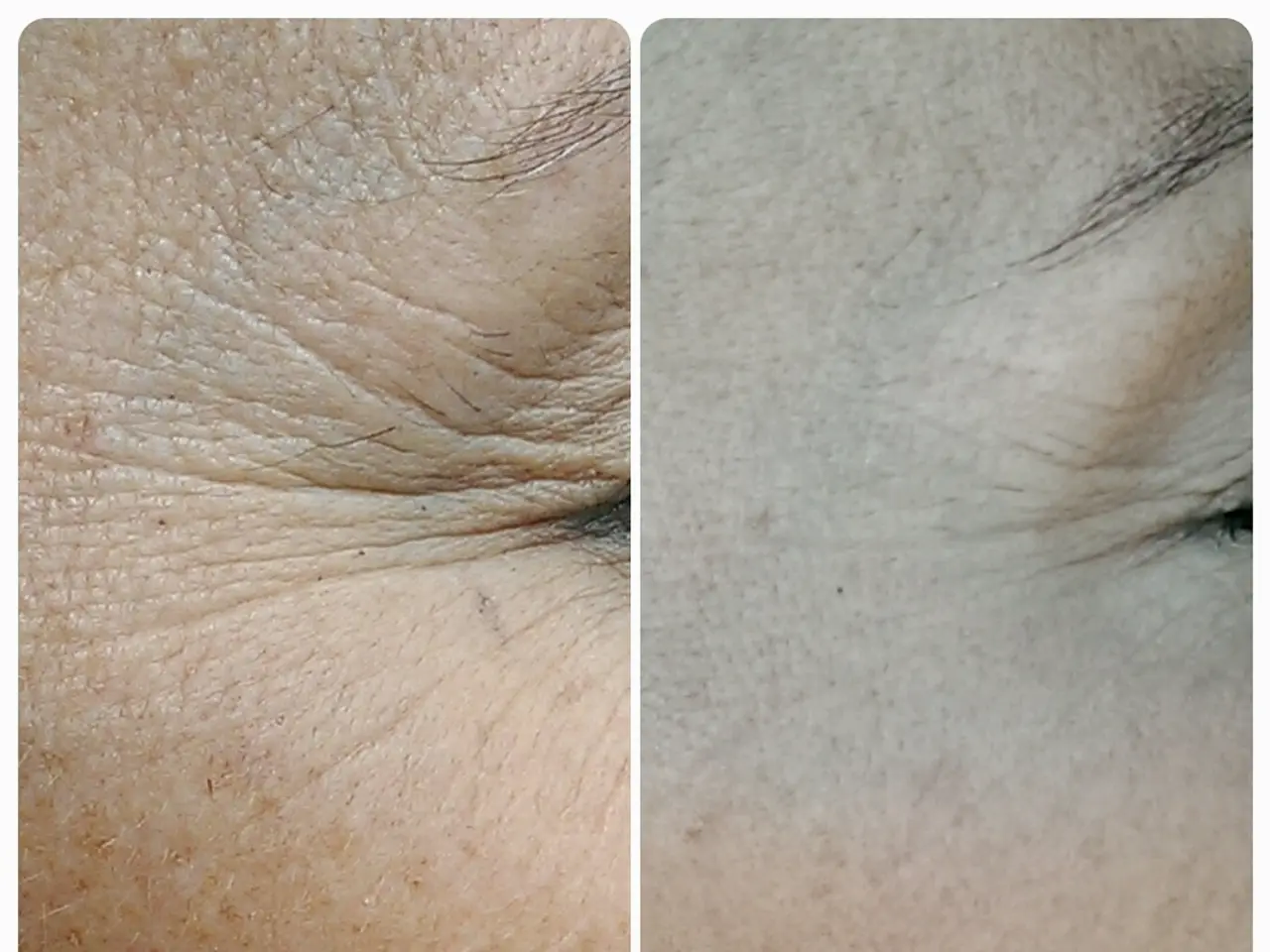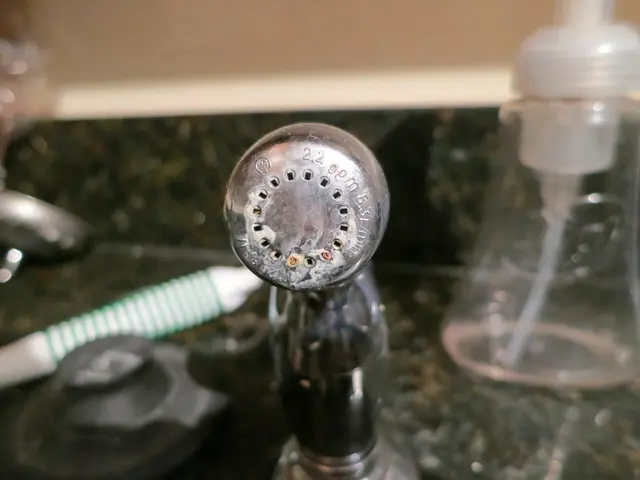What's the method for diminishing sun spots on the skin?
Freckles, those small, round spots of pigmentation on the skin, are a common feature for many individuals, particularly those with light skin and light eyes. According to current science, genes and sun exposure play a significant role in their development.
The American Academy of Dermatology recommends sun protection as the number one way to prevent new freckles from forming. This includes using SPF 30 sunscreen, applying it at least 15 minutes before heading outside, reapplying every two hours, and wearing protective clothing. Wearing SPF and staying out of the sun can help keep freckles at bay.
If you already have freckles, there are several methods available to help remove them or fade their pigmentation. Q-switched laser treatments, intense pulsed light (IPL) therapy, chemical peels, topical fading creams, and retinoid cream are effective options.
Laser therapy is thought to be the best way to permanently banish freckles. However, it's important to note that invasive treatments like laser therapy, IPF therapy, and chemical peels can cause serious side effects like burning and irritation. Proper aftercare is necessary to prevent scarring.
Retinoid cream can help heal sun-damaged skin and fade freckles to some extent. Topical fading creams containing hydroquinone can also lighten the skin and help fade freckles. These treatments, however, may take weeks to months to show results and might not fade freckles completely.
A chemical peel can help fade freckle pigmentation, but it's an invasive treatment with a healing time that varies for each individual. Multiple sessions may be required.
Liquid nitrogen can be used to freeze and destroy freckles, though it is more commonly used for nevi (moles). This method is less popular and less effective for freckle removal.
Lemon juice, honey, and buttermilk or yogurt are natural remedies that might lighten freckles to some extent. However, they might also burn or irritate the skin, so it's essential to use them with caution.
It's possible to permanently get rid of freckles with intensive treatment and a commitment to SPF use. However, it's crucial to remember that freckles are associated with a higher risk of skin cancer, particularly in those with light skin. If you notice any changes in the size, color, or shape of a freckle, head to a medical professional for assessment.
Dark spots (age/liver spots) are caused by sun damage and don't seem to be as strongly heritable as freckles. They can also be treated with the methods mentioned above, but their response to treatment may vary.
In conclusion, while there are several methods available for freckle removal, the best approach is prevention. By using SPF, staying out of the sun, and protecting your skin, you can keep freckles at bay and reduce your risk of skin cancer. If you already have freckles and wish to remove them, talk to a dermatologist to figure out the best removal method for you.
Read also:
- Warning Issued by Dismissed CDC Chief Susan Monarez: RFK Jr. jeopardizes public health
- Movie Screening of The Chocolate War in Nordhorn
- European Commission Unveils Communication on Strategic Approach for Countering Online Disinformation and Hate Speech
- Experience widespread infertility issues in cattle herds? Farmers unveil effective strategies







